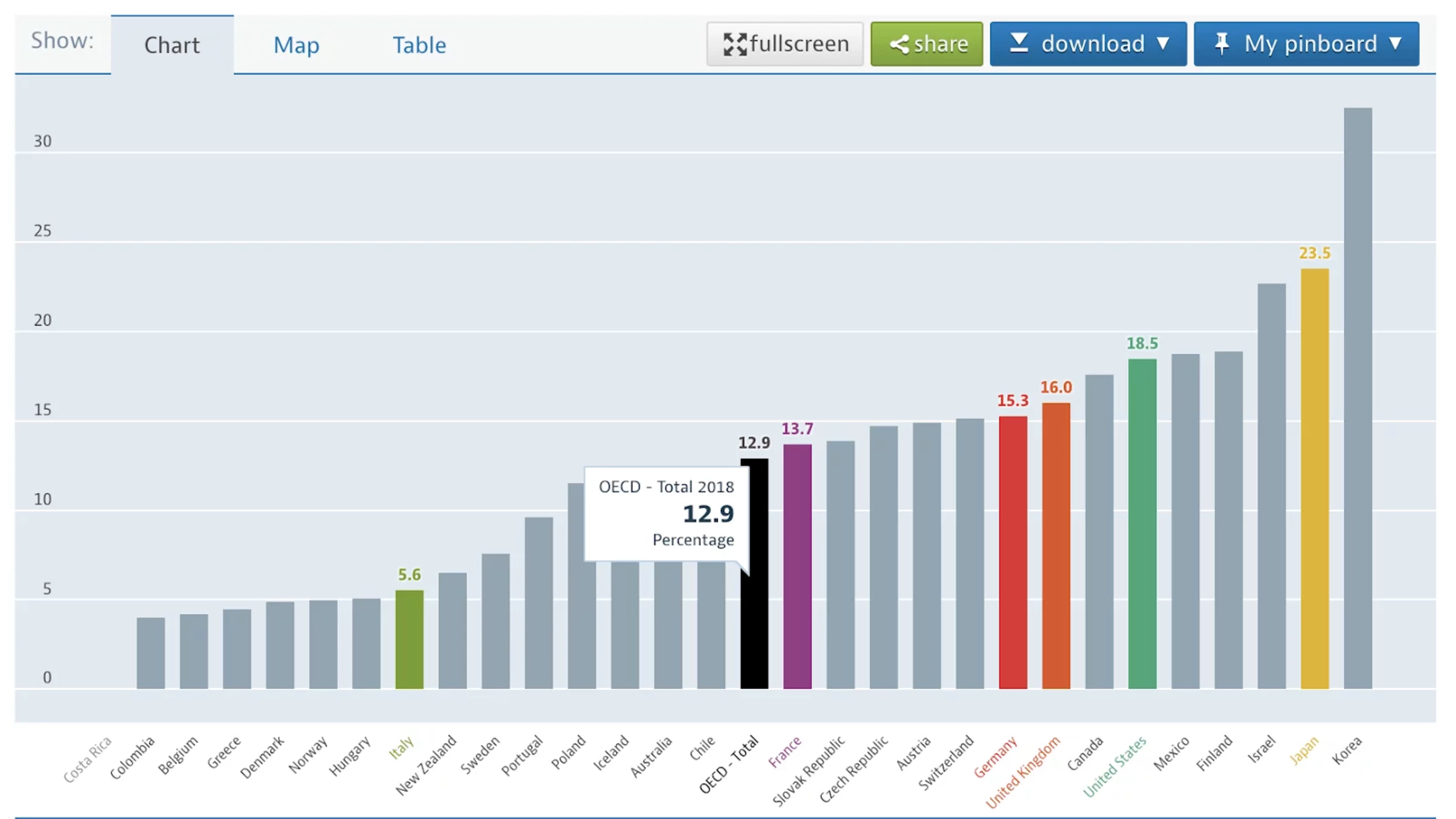Working at Contentsquare, running events, and speaking to women working at eCommerce brands large and small, I knew early on just how many amazing women there are in the industry.
And yet, I also know that most women in the industry still face significant challenges, both in their day to day lives, and in their career paths. Issues such as wage disparity, discrimination based on maternity leave, and unconscious bias against women are more than just stats and numbers — they are affecting the daily reality of millions of people worldwide.
I’ve seen and heard first hand at our events some of the challenges faced by women — from imposter syndrome to outright discrimination. And I know these stories, in one form or another, are commonplace.
The State of Play
It’s not surprising that the data fully validates these concerns.
Looking at board-level representation alone, just 21% of board seats in Russell 1000 companies (a global stock market index) were taken by women. In the US today, less than a quarter of companies’ Boards of Directors are female (21.7%) — with similar numbers in the UK (27.2%) and Germany (31.9%). And while France is significantly better at 43.4%, there is clearly still work to do.
Zooming in on the eCommerce industry, a report by Digital Commerce 360 found that of the Top 100 retailers they studied, 87% of CEO, president, and founder roles are held by males in the industry compared with 13% of females.
Much of this can be attributed to issues lower down the chain. McKinsey’s 2020 report on Women in the Workplace notes that for every 100 men promoted to manager in the US, only 85 women were promoted — with the gap even greater for Black (58) and Latina women (71). The result is men significantly outnumber women even in lower levels of management.

What’s interesting to note is that many senior male executives over the age of 55 cite “a lack of qualified female candidates”, as the main reason for poor representation amongst board level. Yet in the same study, female directors and younger male directors noted how male-dominated networking frequently led to the appointment of new directors.
The story continues when we talk about wages. In most countries all over the world, there remains a substantial wage gap. In 2018, the average global difference in wage was 12.9%, with the UK, US, and Germany all significantly above that.
And on average across the EU, women’s gross hourly earnings were on average 14.8% below those of men in the European Union.
Discrimination Is Everywhere
Women also face discrimination based on factors like potential maternity leave — despite this being unlawful across Europe and North America. One 2018 UK study found that more than one in 10 mothers said they were dismissed, made compulsorily redundant (where others in their workplace were not), or treated so poorly they felt they had to leave their job.
In the US, women report pregnancy discrimination across industries, races, and ethnicities — but black women are disproportionately affected, with nearly ⅓ of pregnancy discrimination charges filed by black women.
But even beyond so-called ‘biological’ factors, the unconscious biases of colleagues, interviewers, and senior management continue to prevent women from reaching their full potential. Researchers from the University of Kent, for example, found that, in interviews for senior positions, male candidates were repeatedly assessed on their potential, whereas women were judged more by their past performance. In other words, male candidates’ lack of experience was overlooked if the interviewer perceived them to be able to grow into the job. Yet women were not given the same benefit of the doubt.
Women are also subject to bias in the way their behavior is perceived, called ‘prescriptive bias’. If women are expected to conform to a certain role or behavior, for example, being ‘warm’ or ‘emotional’, this can have a negative effect when they exhibit traditionally ‘male’ behavior, such as being ‘assertive’ — which is instead perceived as ‘aggressive’ or ‘abrupt’. I’ve no doubt that this in particular will resonate with many readers, who I’m sure have experienced this first hand.
The saddest part of this is the toll taken on women. Not only are they consistently robbed of economic opportunities, but it has a clear impact on their mental health too. Depression, anxiety, and low self-esteem are all measurable effects of a subtle and insidious bias against women in the workplace. The effects frequently (1) are invisible to the woman and (2) left to the woman to decide how to address it.
Tackling The Issues
These statistics should demonstrate that there’s an issue, it’s serious and it needs to be addressed now.
So what can companies do to address this issue? Here are three key things successful enterprises are doing to help:
1. Transparency
From 2017, the UK government made it mandatory to publish gender pay gap reporting. But many – inside the UK and outside – go beyond simply publishing the numbers and outline how they are tackling the most pressing issues in the organization. Reports from tech giant Apple have been a leading example of this type of transparency.
2. Training & Education
Gender equality training in the workplace can not just help women rise to positions of power, but also help create an environment for all individuals to thrive. Knowledge is power!
3. Celebrate Successful Women
This is an easy and impactful way to drive change in your organization. And it’s the reason we started Women in Ecommerce — to showcase the incredible success and individual contributions of women in the industry and make sure it’s recognized for what it is: amazing!
Women in eCommerce
It would be silly not to take this opportunity to tell you a bit more about Women in Ecommerce. WIE is a platform for women to speak, share their stories, and generally feel warm and welcomed in a world of male-dominated events.
We have three core aims. First, it’s to facilitate change. Events, speakers, and initiatives are great — but the need for change is at the heart of everything.
Second, it’s building out our community and platform, both to attract those who are interested in making a difference, and to connect with a wider network who might not be as aware of the issues.
And finally, making sure the Contentsquare is part of the discussion. Acknowledging that our industry isn’t perfect, taking responsibility, and knowing that change begins with companies like ours.
In 2020, a newly-formed global WIE team assembled a worldwide panel of speakers to step forward and share their experiences in the world of eCommerce. You’ll hear from many of them in the following interviews.
From Sinead Rose’s inspiring story of leaving Google to pursue her own business and start a charity, the importance of diversity with Chioma Anokuru and Morgan Fitzsimons, WE ARE WE empowering disadvantaged women, to Malvina Courouble-Or’s story of motherhood and management — they are stories I hope will resonate with, and inspire, anyone reading this.
![[Visual] Sahana Fearne](http://images.ctfassets.net/gwbpo1m641r7/3zWimXSaxzq6Bc8KEY0Fyh/467079674827889ec0194b9140f5617b/T027K0ZC9-U4AN4M880-93d8b6141062-512.jpeg?w=1080&q=100&fit=fill&fm=avif)
Sahana is the founder of the Women in eCommerce group and Contentsquare’s Senior Director of Field Marketing in the UK, focusing on major global campaigns and activations.
